There are countless living organisms on Earth: bacteria, insects, animals, birds, people. One can only envy the creativity of Mother Nature! Even zoologists, who know the greatness of the diversity of the animal world, cannot name the exact numbers of creatures living on the planet.
Glaucus Atlanitcus 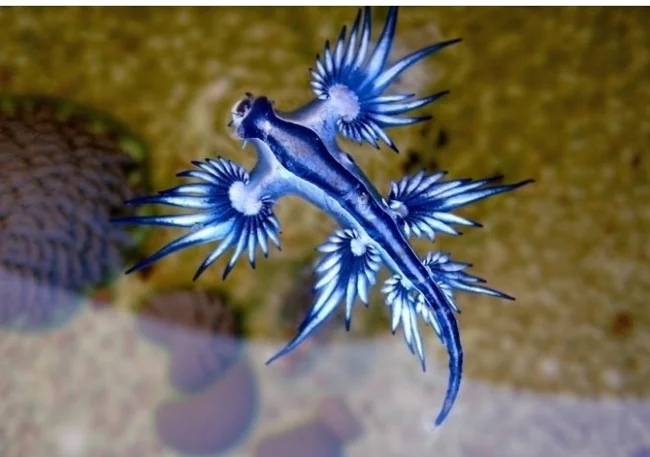
The bright blue nudibranch is not dangerous to humans, but the carnivorous predator is resistant to the poison of those it feeds on. At the same time, it accumulates the poison of its victims to protect itself in case of danger. Individuals of this species live in coastal areas of Australia and America and are hermaphrodites. An air sac under the abdomen helps the animal stay afloat, and one leg, stretching down along the body, helps it move.
Brazilian Jabiru 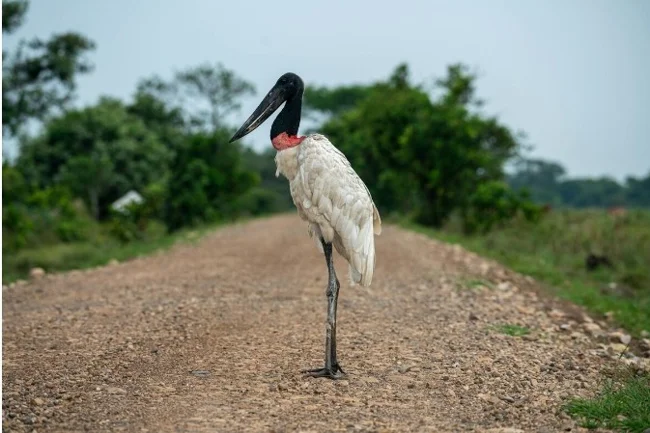
The Brazilian Jabiru is one of the representatives of the stork family. White plumage is outlined by a black neck, legs and beak, a small red collar separates the neck from the body. At first glance, the bird seems small, but in flight, the body is slightly more than 1 meter, weighing 8 kg, with a beak 30 cm long and a wingspan of about 2.5 m, it does not seem so small. These amazing creatures live in areas from Mexico to Argentina. Individuals settle near water bodies, build nests on the tops of tall trees and feed on small amphibians, fish, mollusks, reptiles and rodents
. Tasmanian Devil 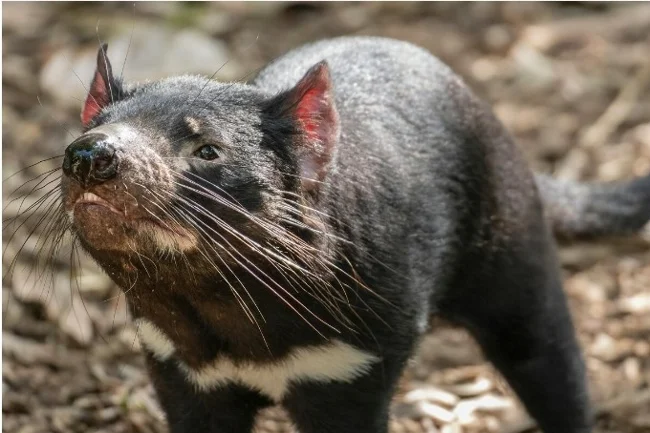
Live in Australia and on the island of Tasmania, the marsupial devil is a large black rat. The marsupial predator is frightening with its ferocity, powerful jaws, chilling night cries and aggressiveness. The devil's favorite delicacies are birds, snakes, rodents. By the way, the Tasmanian devil has the greatest bite force among mammals.
Maratus Jactatus 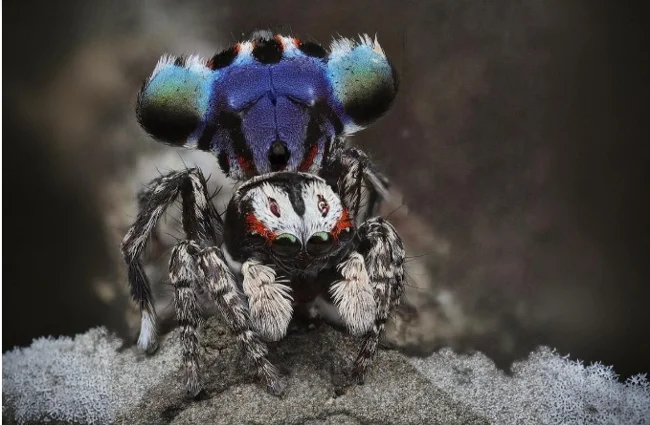
The peacock spider from the genus Maratus, living in Australia, was discovered only in 2015. These jumping spiders are interesting for their unusual bright colors. Males attract the attention of females with their blue scales, shimmering in the light, and crossed with yellow or orange stripes
Pangolins 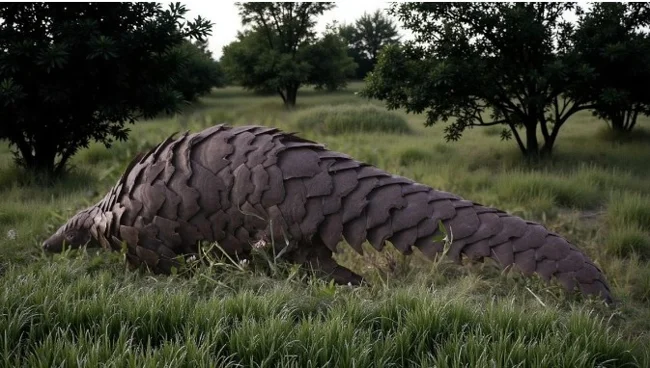
A strange creature resembling an armadillo and an anteater. These nocturnal inhabitants are the only mammals with scales. They feed on termites and ants, digging them up with strong claws. When in danger, pangolins curl up into a ball. Now all 8 species of animals are threatened with extinction due to poachers.
Harpy Eagle 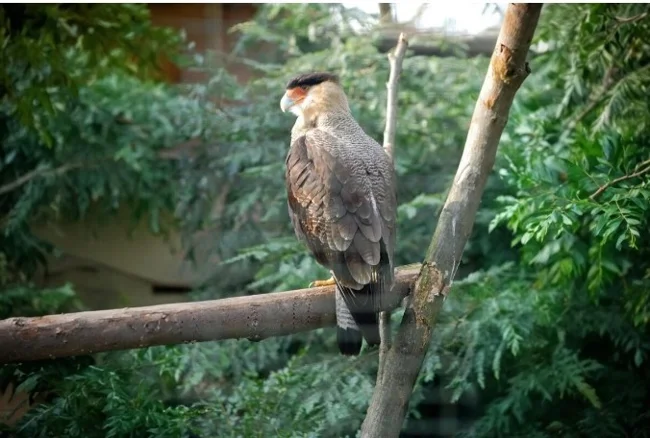
A rare and amazing species on the verge of extinction, it is not related to the eagle family. Harpies, classified as hawks, have excellent eyesight and sharp claws that can crush the bones of their prey when hunting. Individuals nest at the tops of the tallest trees.
. Darwin's batfish 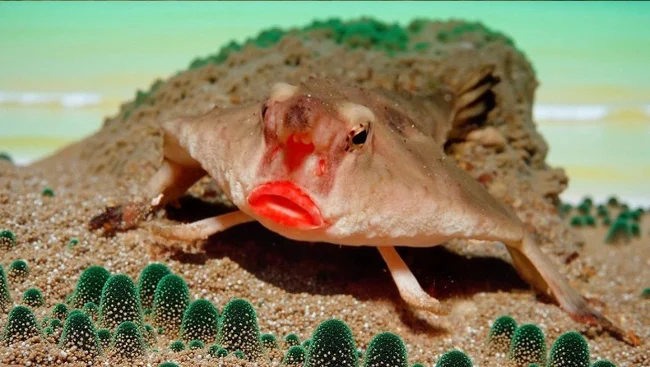
Living in the area of the Galapagos Islands, the ray-finned fish of the sea devil order rightfully deserves all its "titles". Nature has endowed the predator with bright red lips, but has deprived it of the beauty of forms: a rostrum above the lips (like a nose or horn), a "nostril", fins adapted for walking along the seabed. Darwin's batfish feeds on small fish, crustaceans and mollusks.
Axolotl 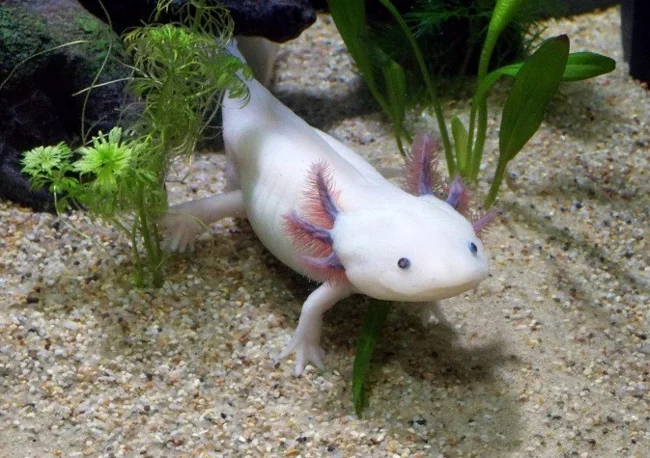
This inhabitant of the mountain ponds of Mexico has combined the images of a man, a toad, and a fish. Instead of fins, it has paws with fingers, a cartoonish muzzle, and gills on its head in the form of outgrowths resembling six furry ears. A representative of the ambistom family lies on the bottom during the day and only wags its strong long tail. Occasionally it floats to the surface, since it has both gills and lungs. The axolotl is a predator, so the desire to survive and growing hunger are the only reasons for its movement.
Japanese spider crab 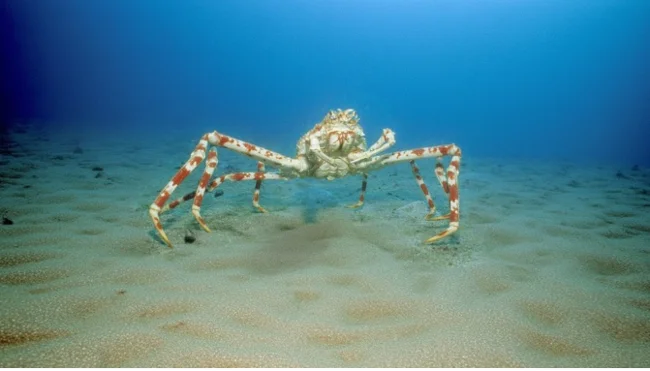
Japanese deep-sea crab (lat. Macrocheira kaempferi) is a species of crustacean from the infraorder of crabs (Brachyura). The largest representative of arthropods: large individuals reach 45 cm in carapace length and 3 m in the span of the first pair of legs. It is distributed in the Pacific Ocean off the coast of Japan at depths from 50 to 300 meters.
White leaf-nosed moth 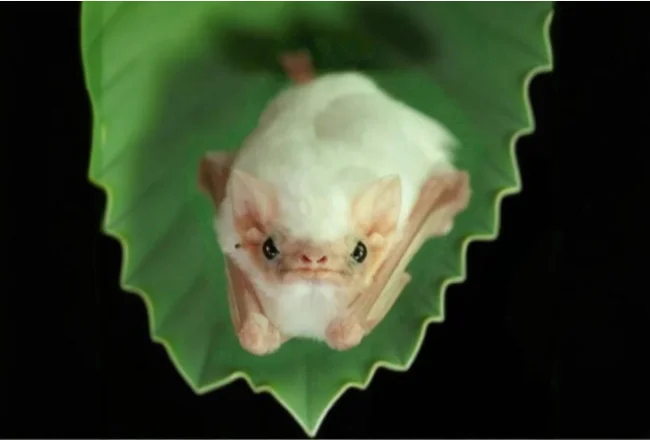
The bat is no bigger than a matchbox. Its yellow nose and ears stand out against its white body. The little bat lives in the humid forests of Central South America and feeds on fruits. Like all bats, it moves at night and gathers in groups. The species is close to vulnerable, listed in the IUCN Red List.
Venezuelan Poodle Moth 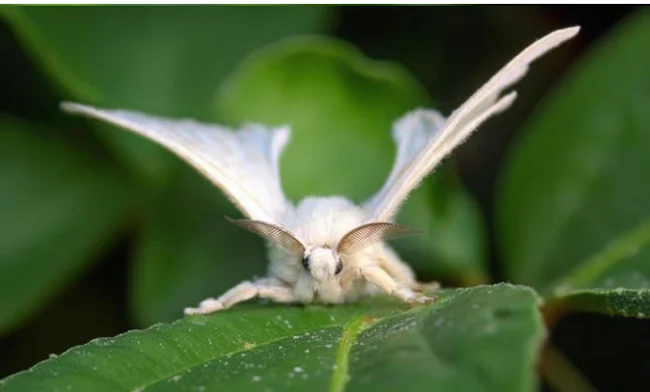
In 2009, the first and so far the last photo of this unique creature was taken. Arthur Anker managed to photograph an amazing furry moth. The species has not been studied because the photo is the only proof of its existence
Glass frogs 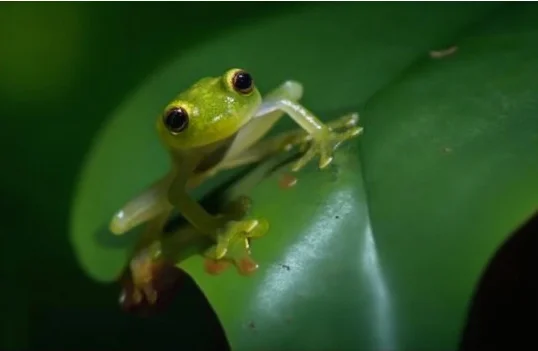
The small frogs have transparent skin on their abdomen and chest, which makes it possible to see their internal organs. These amazing creatures live in South America. Even now, scientists cannot say exactly how the lack of pigment makes the underside of the body transparent.
Striped Tenrec 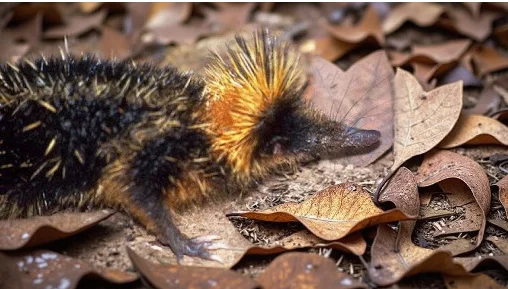
Tenrecs are endemic to Madagascar. These amazing fifteen-centimeter animals resemble small porcupines with yellow stripes. These creatures are often called bristly hedgehogs. They communicate with each other using needles, catching the vibration of another animal. They are slightly blind and live in burrows, feeding mainly on earthworms.
Smallmouth Macropinna 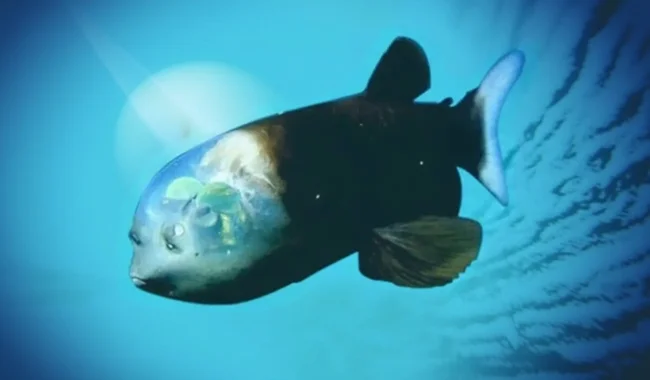
They started talking about a fish with a transparent head in 1939, but the first photo was taken only in 2004. This 15-centimeter deep-sea fish lives in the northern waters of the Pacific Ocean. Its transparent head is filled with liquid in which green eyes "float". Having a cylindrical structure, they can be located both vertically and horizontally if necessary. Reaching a small size, the Macropinna feeds on plankton. The amazing structure of the head helps it detect prey in all planes. The difficulty of studying this species is due to its depth of habitation - 500 meters.
Irrawaddy dolphin 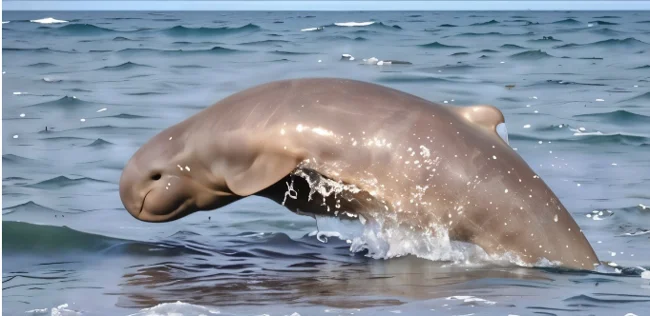
This species of dolphins is distinguished by its unusual head structure. The mammal's muzzle is amazing, devoid of a narrow beak. However, it is quite difficult to see this in the natural environment, because these creatures float up to the surface when breathing without raising their heads. Ploughing the waters of the Indian Ocean, the Irrawaddy dolphin gains up to 110-140 kg. Now this species is dying out. In some countries it is considered sacred, so the reason for its extinction is more related to environmental pollution than to poachers. Irrawaddy dolphins are very friendly, smart and easy to train. Zoologists distinguish two subspecies – marine and river: representatives of the latter species can be observed in the waters of the Mekong River.
Add your comment
You might be interested in:






























